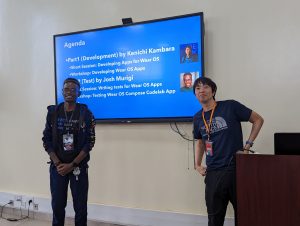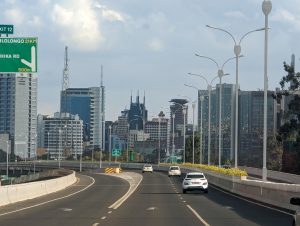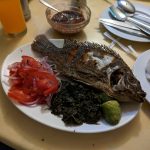On Friday at Droidcon, one of the sessions I attended was titled “Mastering Colour”, presented by Pamela Chemutai. She spent a lot of time talking about color theory, and about what colors go together in color schemes, but also why they go together, from a color theory perspective.
I don’t have a lot of notes from this session, but three things stand out.
She talked about color associations. For example, red is associated with danger, green with safety. I wonder if this is learned, or universal? Is it cultural? Does it change over time? Do we see colors with the same associations as ancient Greeks, for example? I am sure someone has written about this.
On the topic of color blindness, she recommended the website WhoCanUse, where you can experiment with different color schemes, and determine what people with different visual acuity will see.
Finally, on a completely unrelated topic, Pamela mentioned that she is a student at Dedan Kimathi University. Dedan Kimathi was a leader during the Mau Mau revolution. What’s fascinating to me about him is that when I was a kid, it was just known that Kimathi was a terrorist, a murderer, a generally terrible person. But today he is revered as one of the fathers of the Kenyan nation. There’s a statue of him downtown Nairobi. And several roads named after him.
(To be clear, I am not suggesting that he *was* a terrible person. I’m saying that how you learn a story depends almost entirely on who is telling it.)
I have long been fascinated by the question of who is a terrorist and who is a freedom fighter. It usually depends on who wins. George Washington, for example, was a terrorist and a rebel. But then he won, and he was a hero and a statesman.
Robert Mugabe is even more interesting, because first he was a terrorist (or a revolutionary). Then he was a hero, and the president, and the founder of the nation. And then he was a despot the destroyer of the economy.
So, yeah, huge tangent there, but I made a note that I need to read more about Kimathi, and about Mau Mau in general. And if you’re looking for recommendations, I encourage you to read Let’s Not Go To The Dogs Tonight by Alexandra Fuller, for a view of the Rhodesia/Zimbabwe revolution, from the perspective of an ex-pat living there at the time.






